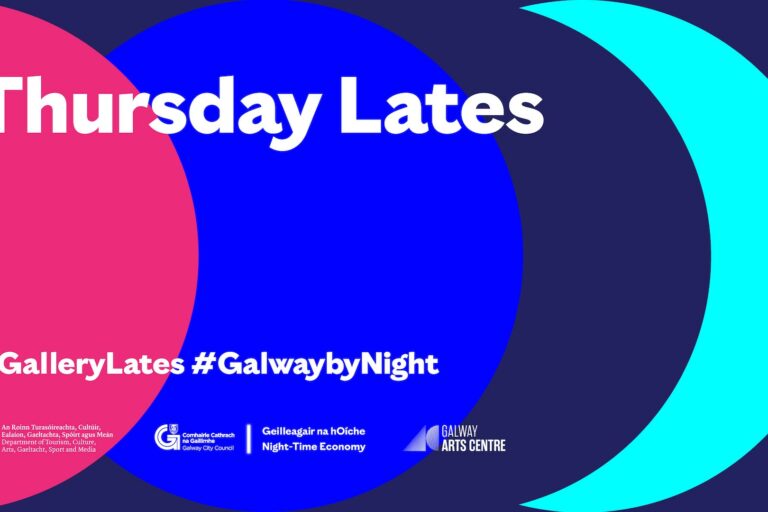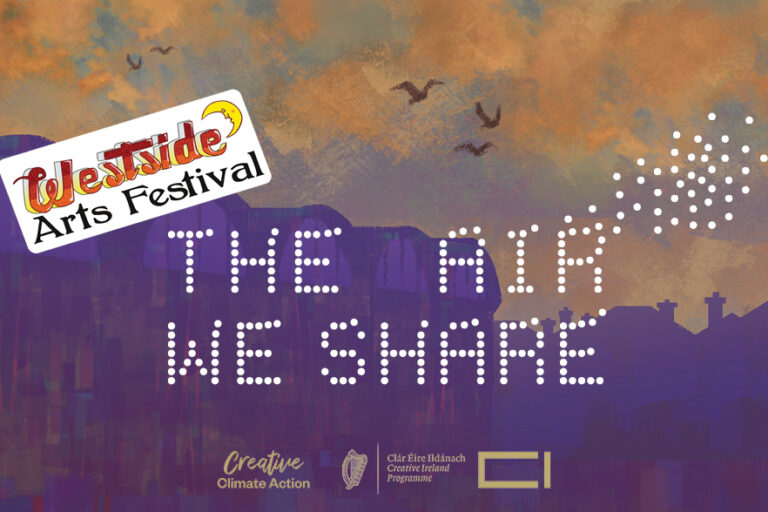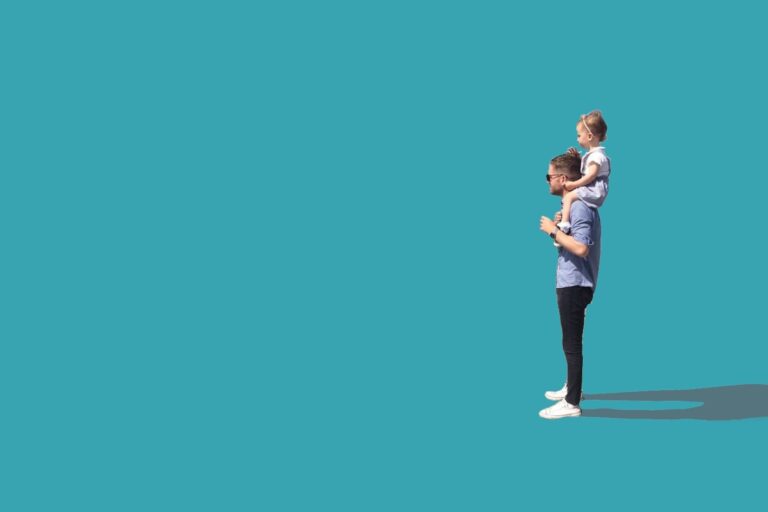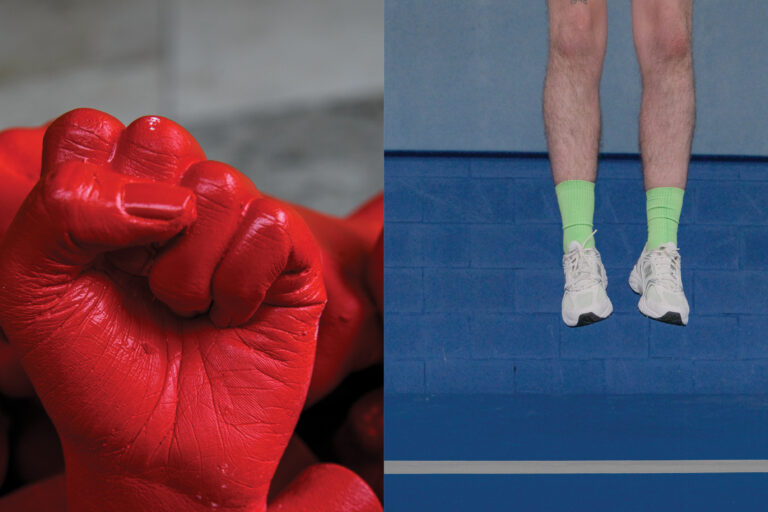Event Details
Dates
04/02/2022 – 16/04/2022
Time
10am- 5pm (closed Sundays)
Location
Galway Arts Centre
Ticketing
Free
Event Type
Exhibition,
Mountain Language // An Act of Listening
Curated by Megs Morley
Featuring artists; Ailbhe Ní Bhriain, Duncan Campbell, Sarah Pierce, Alice Rekab, Denise Ferreira da Silva and Arjuna Neuman.
Opening Reception Friday 4th February 6pm – 8pm
Including a live performance work by Sarah Pierce
Officially launched by Annie Fletcher, Director of the Irish Museum of Modern Art
All welcome, no booking required
(After party in Club Áras na nGael with DJ set by GASH COLLECTIVE with Lolz and aisooooo)
Mountain Language
Drawing its title from the play written by Harold Pinter in 1988 as an indictment against the regulations enforced upon speech during 1980’s Britain, Mountain Language complicates our relationship to the politics of language and voice in colonialism, power and decolonization.
Galway is the most multi-culturally diverse city in Ireland and Galway County has one of the largest areas of native Irish language speakers in the country. Along with this, in the post-Brexit aftermath, questions around nationality, European-ness (or not), migration, and borders are important topics to explore through the lens of relevant artistic practices that seek to reveal the entangled histories of post colonialism, extraction and categorization that predominantly construct our understanding of ourselves and the world.
The artists in Mountain Language draw connections between modes of representation, historicization, extraction, classification and display – all practices of exhibition making that are as such, implicated as devices of imperial gaze and by extension control. By disrupting this gaze and our ways of seeing, the artists in Mountain Language disrupt and reframe our understanding of contemporary Ireland in relation to complex post-colonial contexts across the world, ultimately, dissolving barriers and boundaries of language and form and reconnecting us to each other and the world anew.
Sarah Pierce’s large-scale installation Gag and series of short performances relate to themes within the development of tableaux performance as a political tool used by artists Alice Milligan and Maud Gonne. Referring to the historic outlawing of the Gaelic language, a loss of speech, censorship, and the silence of the tableaux, Pierce has responded to the use of Celtic mythology within the tableaux as a way to seek a ‘new’ language in theatre that would resonate politically throughout the country. The starting point for the installation is an archive of debris which has direct reference to both the immediate past and the ‘historical’ present. In the lead-up to the exhibition, the unused scraps and remnants from the Galway Art Centre’s recent refurbishments were amassed in the gallery and kept. This material presence conveys the reality of taking apart, building and instituting that runs through the ideas of institutional change, revolution and nation-building — and here Pierce views the exhibition as a compressed allegory for what it means to move from one ‘time’ to another.
The work of Duncan Campbell (Turner prize winner 2014) originates from extensive archival research into three influential anthropological studies of rural village life in Ireland: Inis Beag by John C. Messenger; Inishkillane: Change and Decline in the West of Ireland by Hugh Brody; and Saints, Scholars, and Schizophrenics by Nancy Scheper-Hughes. In his work Campbell explores the assumptions, ethics and misconceptions that frame the relationship between the anthropologists and the villagers. The work questions the validity of documentary form as historical representation, recording and interpretation to investigate and reframe our understanding of contemporary Ireland.
Ailbhe Ní Bhriain‘s photographic, tapestry and sculptural works ‘Inscriptions IV’ derives its title from the earliest known museological writing in the western world – Samuel Quiccheberg’s ‘Inscriptions or Titles of the Immense Theatre’ (1565), which details the practice of museums and the organisation of the world’s objects into classes and subclasses with an explicit Western imperialist agenda. Ní Bhriain borrows and draws disparate elements into unexpected dialogue in a series of new material and pictorial relationships combining aspects of Orientalist photography, Irish landscape, Assyrian artefacts, Victorian specimen collections, early computing technology and AI generated imagery, to form an evocative narrative of associations, pointing to the dark fantasy shaping our construction of the ideal – be those constructs and ideals imperial or digital in origin.
Through sculpture, film and digital drawing Alice Rekab’s work is concerned with expressions and iterations of complex cultural and personal narratives. Exploring her mixed-race Irish identity as a starting point Rekab embarks on material investigations that draw the idea of the body, the family and the nation as reflections of one another. The sculptures take on the form of both heirlooms, travel souvenirs and votive objects and the drawings act as layered devotional mappings of their subjects
Denise Ferreira da Silva and Arjuna Neuman’ film Soot Breath // Corpus Infinitum reimagines knowledge and existence without the limits of European and Colonial constructions of the human. Their study across disciplines, calls on quantum mechanics to polyrhythms, following the element of earth through its many groundings, afterlifes and forms and scaling between the historical, the cultural, the organic, the quantum and the cosmic.
The artists said Soot Breath // Corpus Infinitum is a film dedicated to tenderness. It reproduces a radical sensibility we learned from listening to the blues, from listening to skin, to heat, and from listening to echoes, listening itself. We ask, could tenderness dissolve total violence? Could tears displace total extraction? Towards this we reimagine the human and its subject-formation away from predatory desire and lethal abstraction, away from the mind and eyes and noble senses, away from total extraction and its articulations as ethnography, border regimes, slavery, sexual abuse, trade and mining. Instead we turn to skin, resonance, and tenderness as the raw material of our reimagined earthy sensibility. Remembering that to be tender is to soften like supple grass, and to attend to is to care for, to serve. Serving, we know is the opposite of slavery just as violence dissolves with care.”
Within this context, the Galway Arts Centre adopts the role of a platform that interprets and learns from its constituents as its inaugural act, positioning itself as a crucial space of collective, transdisciplinary expression and reflection and empowering collective agencies in times such as these.






